
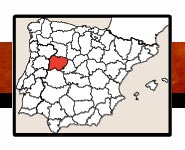

 |
 |
||
 |
|||
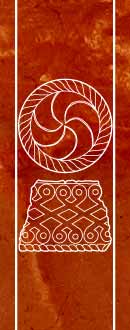 |
(40)/MS-mp-pres-FIN-40/SALA-ArribD-40.jpg) |
-55/BOOK-cort-40.jpg) |
 |
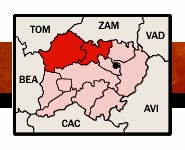 |
||
 |
|||
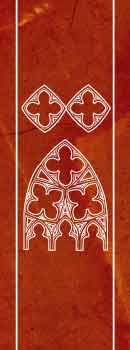 |
MONUMENTOS DE LEDESMAINFORMACIÓN HISTÓRICAEl castillo de Ledesma data del siglo XII, pero la estructura actual es del siglo XIV, el subsuelo esta plagado de galerías subterráneas, un bonito escudo preside la entrada al viejo castillo. Ledesma tiene un verraco (cultura vetona), mencionada por los romanos como la antigua Bletisama, esta ciudad, preparaba rituales sangrientos, propiciatorios para la victoria en la guerra, contra los romanos. Se conoce un menhir del III milenio a.C. y en la misma Ledesma se descubrieron cabañas del Bronce Final. Además sobresalen las iglesias de Santa Elena (siglos XII-XIII, de estilo románico) y la de Santa Maria la Mayor (iniciada en el siglo XII, con reformas del siglo XV); también destaca el famoso puente mocho y la calzada romana (ambos a 7 Km. de la ciudad). ENTRADAS Y HORARIOSEn Ledesma el acceso es gratis a los monumentos y los horarios aunque no se nos han facilitado entendemos que son los corrientes de uso turístico, adaptándose al uso litúrgico en el caso de las iglesias. |
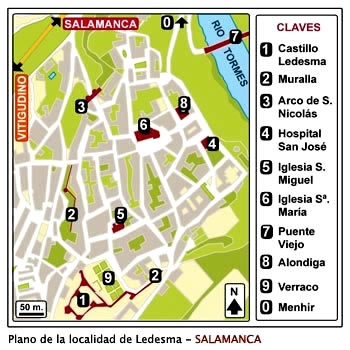 |
MONUMENTS OF LEDESMAHISTORICAL INFORMATIONThe castle of Ledesma dates back to the 12th century, but the present structure dates back to the 14th c., the subsoil is full of underground galleries, a beautiful coat of arms presides over the entrance. Ledesma also has a “Verraco” (Veton culture), mentioned by the Romans as the ancient Bletisama, the city, prepared bloody rituals, propitiatory for victory in the war, against the Romans. It is known a menhir of the 3 rd millennium BC. And in the same Ledesma was discovered cabins of the Early Bronze. The churches of San Elena (12 th -13 th century, in Romanesque style) and Santa María la Mayor (started in the 12 th century, with 15 th century reforms) stand out; also stand out the Mocho bridge and the Roman road (both to 7 Km. – 4,3 miles- of the city). TICKETS AND TIMETABLEThe access is free to monuments and the timetables although they have not been given, we believe that should to be similars of tourist use, adapting to the liturgical use in the case of the churches. |
||||
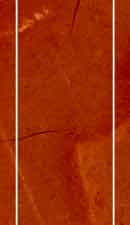 |
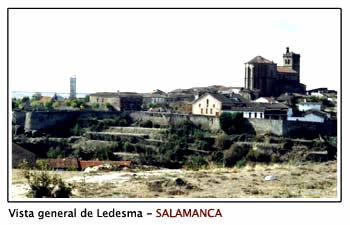 |
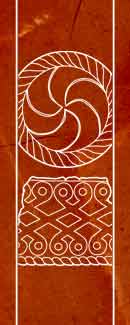 |
UBICACIÓNLEDESMA: Ledesma se ubica a tan solo 33 Km. de la capital, desde Salamanca es interesante acceder a la A-62 (autovía Portugal-Valladolid), desde donde arranca la SA-300. YECLA: Desde Salamanca se coge la CL-517 y en Vitigudino la SA-321 que lleva directo al pueblo, el camino al castro se desvía de la calle principal a la izquierda. MERCHANAS: Se ubica en el término municipal de Lumbrales; el acceso se realiza en la carretera que une Lumbrales y Bermellar, la carretera de acceso sale junto al río Capaces. SAN FELICES: San Felices de los Gallegos es un pueblo ubicado al sur de Lumbrales. El castillo se encuentra en el centro del pueblo. El acceso tiene varios peldaños y el interior se estructura por escaleras |
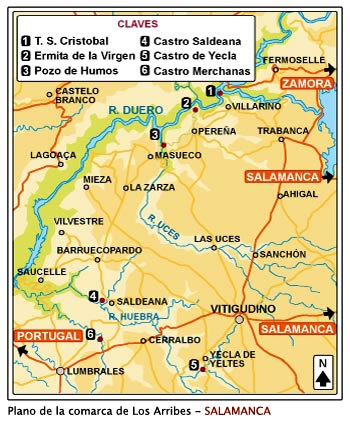 |
LOCATIONLEDESMA: Ledesma is located just 33 Km from the same capital, from Salamanca it is interesting to take the A-62 (Portugal-Valladolid) from where the SA-300 starts. YECLA: From Salamanca take the CL-517 and in Vitigudino the SA-321, that leads direrectly to the town, the road to the hillfort, and start from the main street on the left. MERCHANAS: It's in the municipality of Lumbrales; the access is made on the road connects Lumbrales and Bermellar, the access road leaves next to the Capaces River. SAN FELICES: San Felices de los Gallegos is a town located south of Lumbrales. The castle is in the center of the village. The access has several steps and inside there are stairs. |
||||
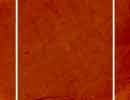 |
 |
ACCESO PARA MINUSVÁLIDOSCasi todos los enclaves no son compatibles con sillas de ruedas, tan solo el trazado urbano de Ledesma y el castro de Yecla de Yeltes (relativamente acondicionado), son aptos para sillas de ruedas. Saldeana, Pereña y Villarino son imposibles para sillas de ruedas, San Felices es una torre con escaleras y Merchanas muy complicado. |
ACCESS FOR THE HANDICAPPEDAlmost all the sites are not compatible with wheelchairs, only the urban layout of Ledesma and the castles of Yecla de Yeltes (relatively conditioned), are suitable for wheelchairs. Saldeana, Pereña and Villarino are impossible for wheelchairs. San Felices is a tower with stairs and Merchanas is very complicated. |